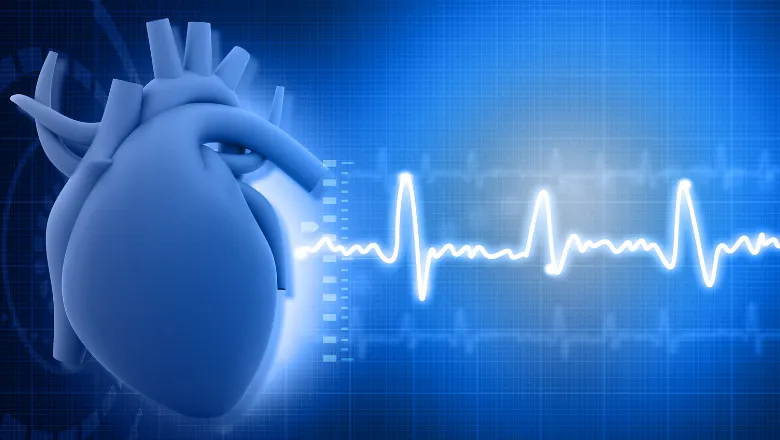If these findings are confirmed in larger studies, it means that we have a way of identifying patients with early damage to the heart that may put them at risk of dying from COVID-19.
Professor Phil Chowienczyk, Professor of Clinical Cardiovascular Pharmacology
27 May 2021
Researchers reveal that first-phase ejection fraction is associated with increased mortality in patients with COVID-19
Researchers reveal that first-phase ejection fraction is associated with increased mortality in patients with COVID-19

A team of researchers from the School of Cardiovascular Medicine & Sciences, led by Professor Phil Chowienczyk and Professor Ajay Shah, conducted a study to investigate if pre-existing damage to the heart may influence the survival rate of people who are hospitalized with COVID-19. They were interested specifically in looking at heart damage which is not detected by conventional measurements.
The function of the heart to pump blood is usually measured by the fraction of blood ejected from the left ventricle of the heart after it fills to when it empties. This is called the ejection fraction. First-phase ejection fraction is the fraction of blood that is ejected at the very start of contraction of the heart. It is a much more sensitive measure of early damage to the heart. Early damage causes the first-phase ejection to be impaired but due to a compensatory longer sustained ejection the overall ejection fraction is preserved.
The main findings from this study were that patients who had a low value of first-phase ejection fraction were almost five times more likely to die from COVID-10, compared to those who had what the researchers estimated to be a normal value. Secondly, when examining people with similar risk factors for COVID-19 (but did not have the virus), a similar proportion of these people had low values of first-phase ejection fraction. This suggests that the damage to the heart was due to chronic pre-existing conditions and was not the result of the COVID-19 infection.
These patients could then arguably be prioritized for vaccinations and if they contract COVID-19, they could be monitored closely at the early stages of their illness to prevent deterioration.
Overall, the findings suggest that if very early chronic damage to the heart can be prevented, as it can now be detected using first-phase ejection fraction, then people will be much more likely to survive respiratory infections such as COVID-19. Healthy lifestyle choices, better treatments, and uptake by people of existing treatments for high blood pressure and high cholesterol are all still very important.
Easily identifying those patients who have a high risk of dying from COVID-19 with such a simple measurement, EF1, could have a large impact – by administering powerful treatments earlier and by closer monitoring of patients.
Professor Ajay Shah, BHF Chair of Cardiology
The researchers found similar trends in patients both in Wuhan, China and in London, UK. It is therefore likely that these findings would apply to all people hospitalized with COVID-19.
However, the measurements were made in a relatively small number of patients and need to be confirmed in a larger study before conclusions from this study can be readily applied to the management of patients. Future research should aim to bridge this gap.
Read the full paper here.



